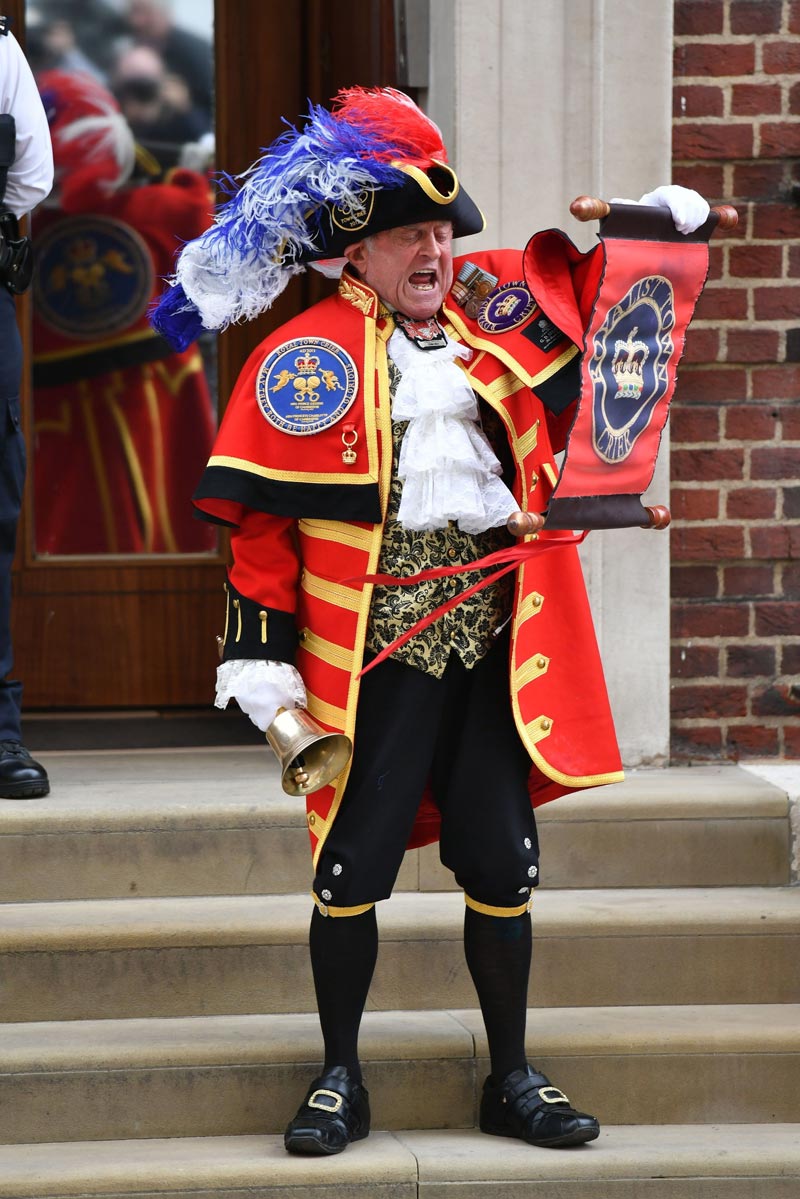

Advertisement usually takes in the form of calligraphic signboards and inked papers. In ancient China, the earliest advertising known was oral, as recorded in the Classic of Poetry (11th to 7th centuries BCE) of bamboo flutes played to sell candy. The tradition of wall painting can be traced back to Indian rock art paintings that date back to 4000 BCE. Wall or rock painting for commercial advertising is another manifestation of an ancient advertising form, which is present to this day in many parts of Asia, Africa, and South America. Lost and found advertising on papyrus was common in Ancient Greece and Ancient Rome. Commercial messages and political campaign displays have been found in the ruins of Pompeii and Arabia. It is considered the world's earliest identified printed advertising medium.Įgyptians used papyrus to make sales messages and wall posters. Bite Sized Britain is not responsible for the content of these external websites.Bronze plate for printing an advertisement for the Liu family needle shop at Jinan, Song dynasty China. They are provided to give users access to additional information. Links to external websites are not maintained by Bite Sized Britain. Ancient and Honourable Guild of Town Criers.The suggestion that the competition be judged with video recordings was rejected, on the grounds that 'not everyone is able to record a good-quality video'. The 2021 British Town Crier Championships, held by the Loyal Company of Town Criers, ironically had to take place in silence, with contenders judged on their 140-word written messages alone. Contenders are judged on ‘volume, diction, clarity and inflection’. A collective of practitioners who aim to ‘further the art and skill of town crying’. Both hold a range of competitions throughout the year. Two organisations exist to uphold, promote and preserve the role of the Town Crier. The Ancient and Honourable Guild of Town Criers was founded in 1978 – with 138 Town Criers currently registered in England and Wales. The Loyal Company of Town Criers was formed in 1993. Chester is the one town in Britain to retain the tradition of regular Town Crier proclamations. During the 1990's, more cities and towns reinstated the post purely for ceremonial purposes. Town Criers were largely phased out in the early 20th Century – in part because of the growth of local newspapers and literacy rates increasing, and the position passed into local folklore and a few who continued the tradition. Bellmen would be paid for each proclamation they made. The key requirements of the role were the ability to read, a loud voice and an air of authority. This was a necessary safeguard as the town criers often had to announce unwelcome news such as tax increases. Anything they did was done in the name of the monarch, therefore to harm a town crier was an act of treason.

Having read out his message, the town crier would then attach it to the door post of the local inn, so ‘posting a notice’, the reason why newspapers are often called ‘The Post’. The cry would end with the words, ‘God save the King’ or ‘God save the Queen’. It was an important role, because there was a high level of illiteracy, and people were dependent on the figure for news. Suitably dressed, he would ring a large hand bell to attract attention, before informing the townspeople of the latest news, proclamations and other information. In medieval England the town crier would begin announcements with a 'oyez oyez, oyez' cry, meaning 'hear ye'. For the first time this year, their annual competition has been revised to replace loud pronouncements with written declarations because of the pandemic restrictions. The town crier or bellman can be traced back at least to medieval times: two bellmen appear in the Bayeaux Tapestry, which depicts the 1066 Battle of Hastings.


 0 kommentar(er)
0 kommentar(er)
